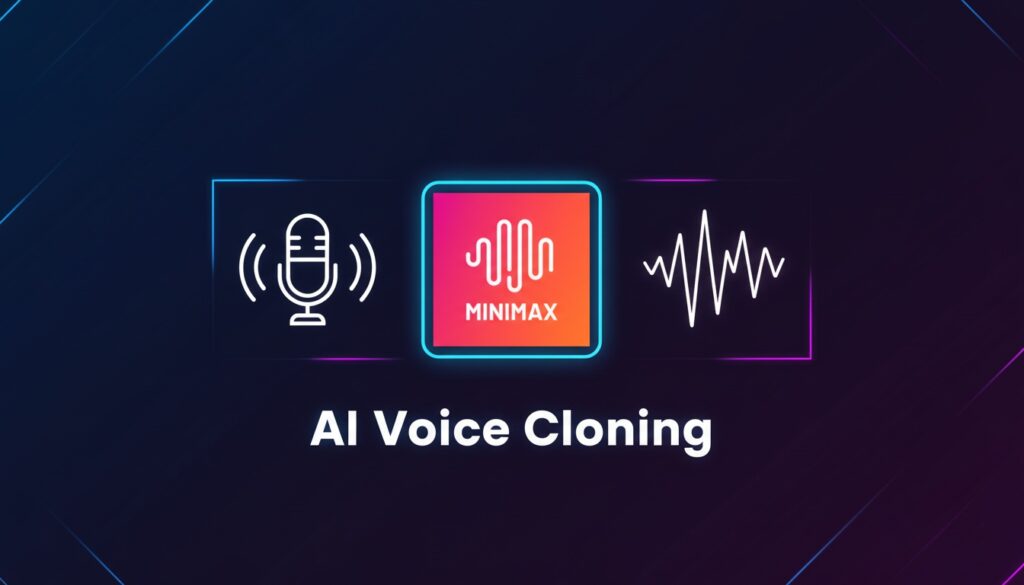Faceless channels are booming: storytellers, tech reviewers, and educational creators now monetize content without ever showing their face. Driven by improved ai tools, creators can produce professional voiceovers, music, and character narration at scale. Consequently, many channels are earning lakhs while staying anonymous, and the key driver is realistic, customizable voice technology.
In this article, you will learn how to use a standout tool — Mini Max Audio — to clone voices, design unique speakers, and create copyright-free AI music. I’ll walk you through practical steps, SEO-friendly tips, monetization strategies, and ethical guidelines so you can adopt these techniques responsibly and grow a faceless channel with confidence.
Table of Contents
Why Voice Matters: Branding, Trust, and Monetization for Faceless Channels
Voice is one of the fastest ways to build a distinctive brand online. While visuals matter, a consistent and memorable voice creates emotional resonance and improves viewer retention. Therefore, using high-quality ai voice tools is no longer optional for creators who aim to scale.
For SEO and discovery, audio matters too. Platforms index transcripts, captions, and audio metadata. Consequently, clean, human-like narration improves watch-time and search performance, which in turn increases ad revenue and affiliate conversions.
- Branding: A unique voice becomes your audible logo — recognizable across videos and platforms.
- Trust: Natural cadence and correct pronunciation reduce cognitive friction and increase credibility.
- Monetization: Better audio leads to longer views, more ads, and higher sponsorship appeal.
As a result, investing time in mastering ai voice tools like Mini Max Audio can yield high returns for faceless creators who want to earn seriously from their channels.
Getting Started with Mini Max Audio — Quick Setup and Voice Cloning Steps
Mini Max Audio offers a straightforward interface and a generous free tier that makes it ideal for new creators. First, sign up with Gmail to claim your 10,000 free credits. These credits let you test voice cloning, text-to-speech, and music generation without immediate cost.
Follow these actionable steps to clone a voice responsibly and efficiently:
- Sign up: Register using Gmail and confirm your free credits in the dashboard.
- Navigate to Voice Clone: Select the Voice Clone tool on the left panel — it’s available in the free plan.
- Upload samples: Provide clear audio samples for the target voice. Use high-quality, noise-free clips when possible.
- Adjust advanced settings: Enable options to refine accent, pitch, and cadence so the clone matches the source.
- Confirm with a short clip: Add a 5–6 second sample as a secondary reference for better accuracy.
- Generate and save: Click generate, preview the voice, then confirm and name the speaker so it appears under “My Voice.”
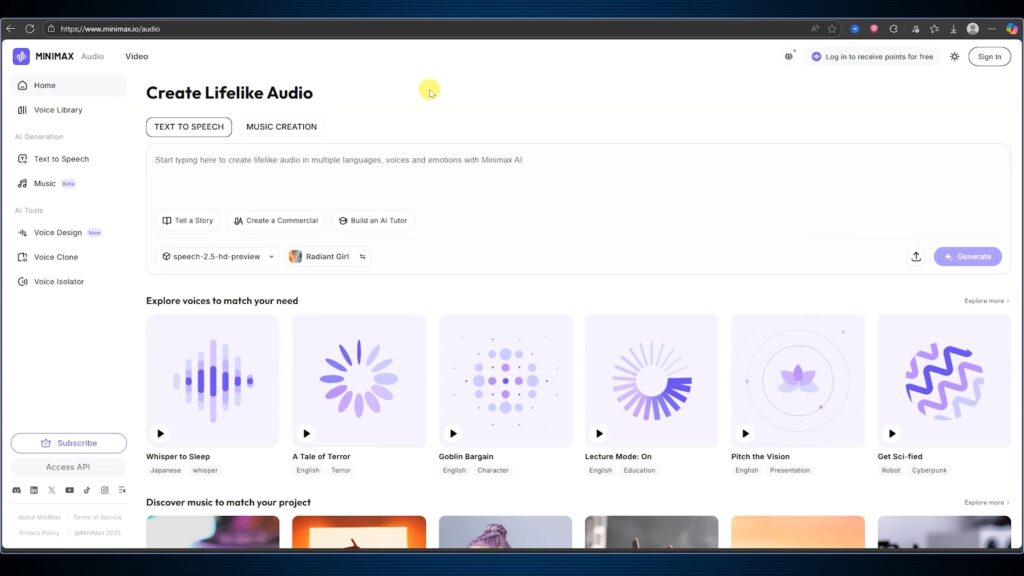
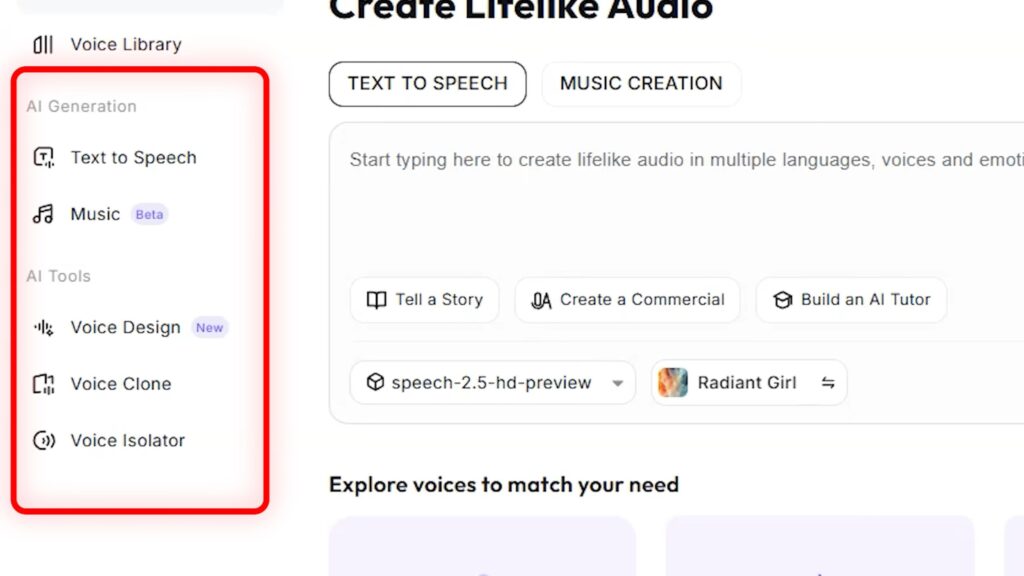
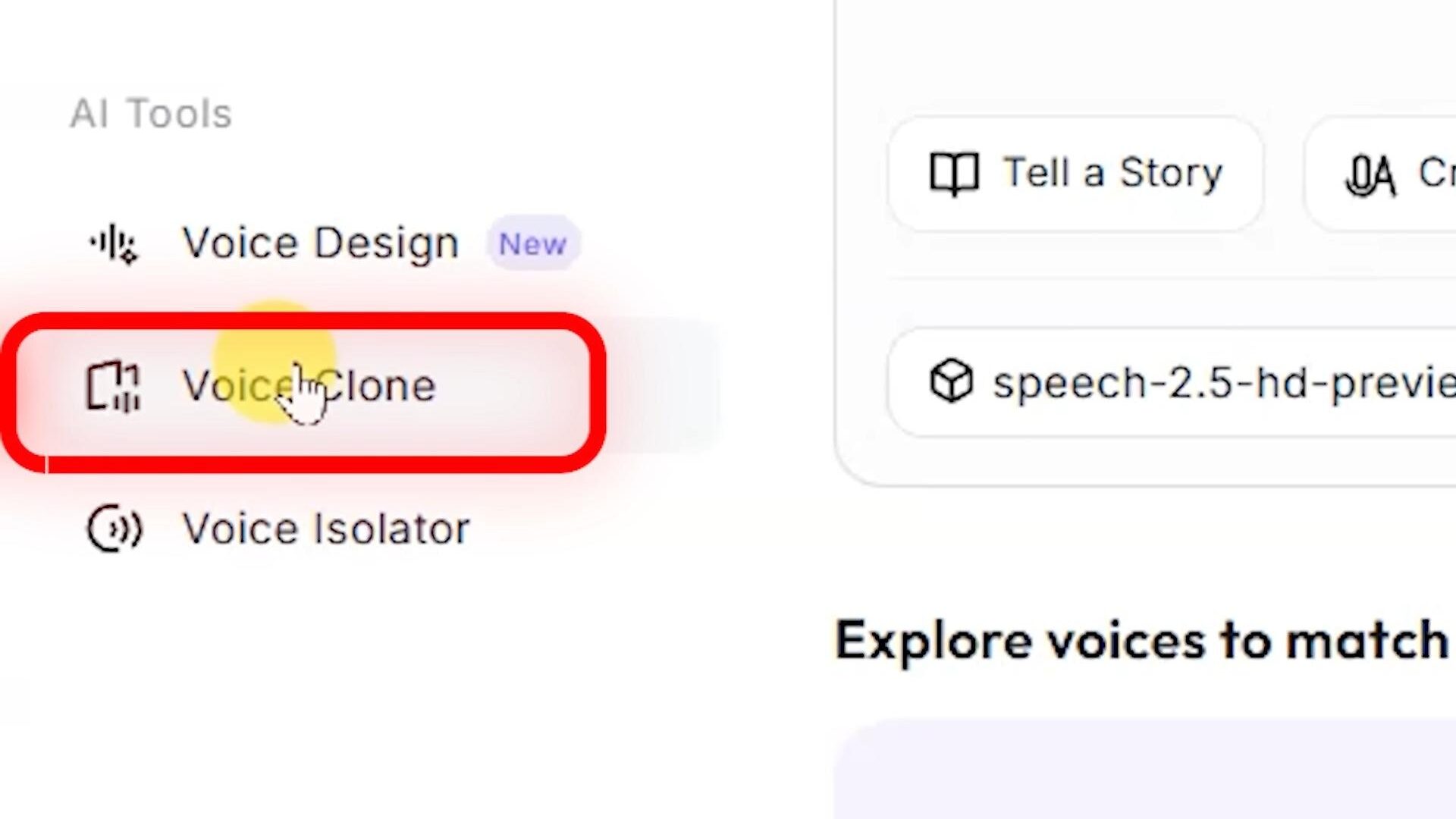
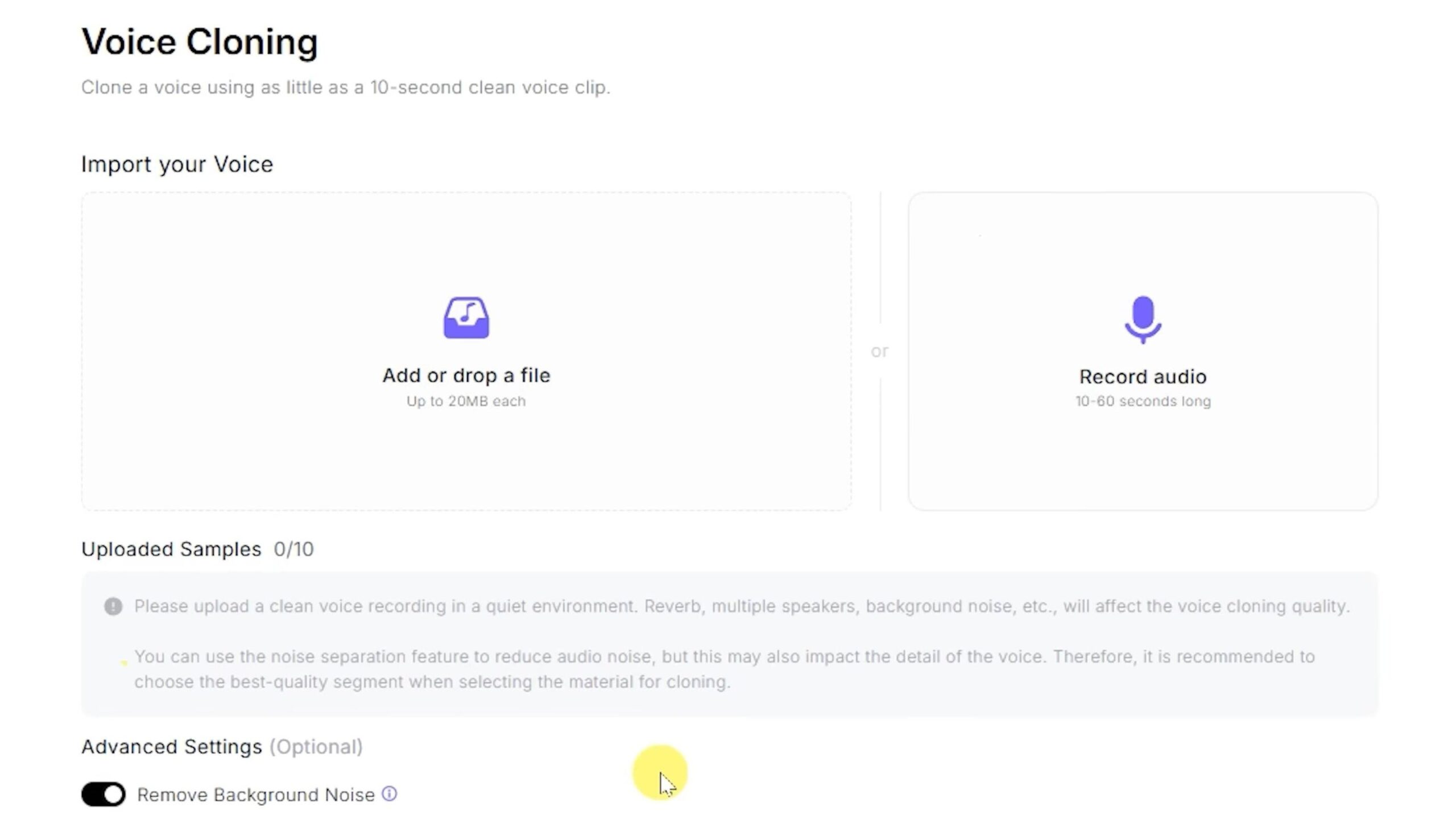
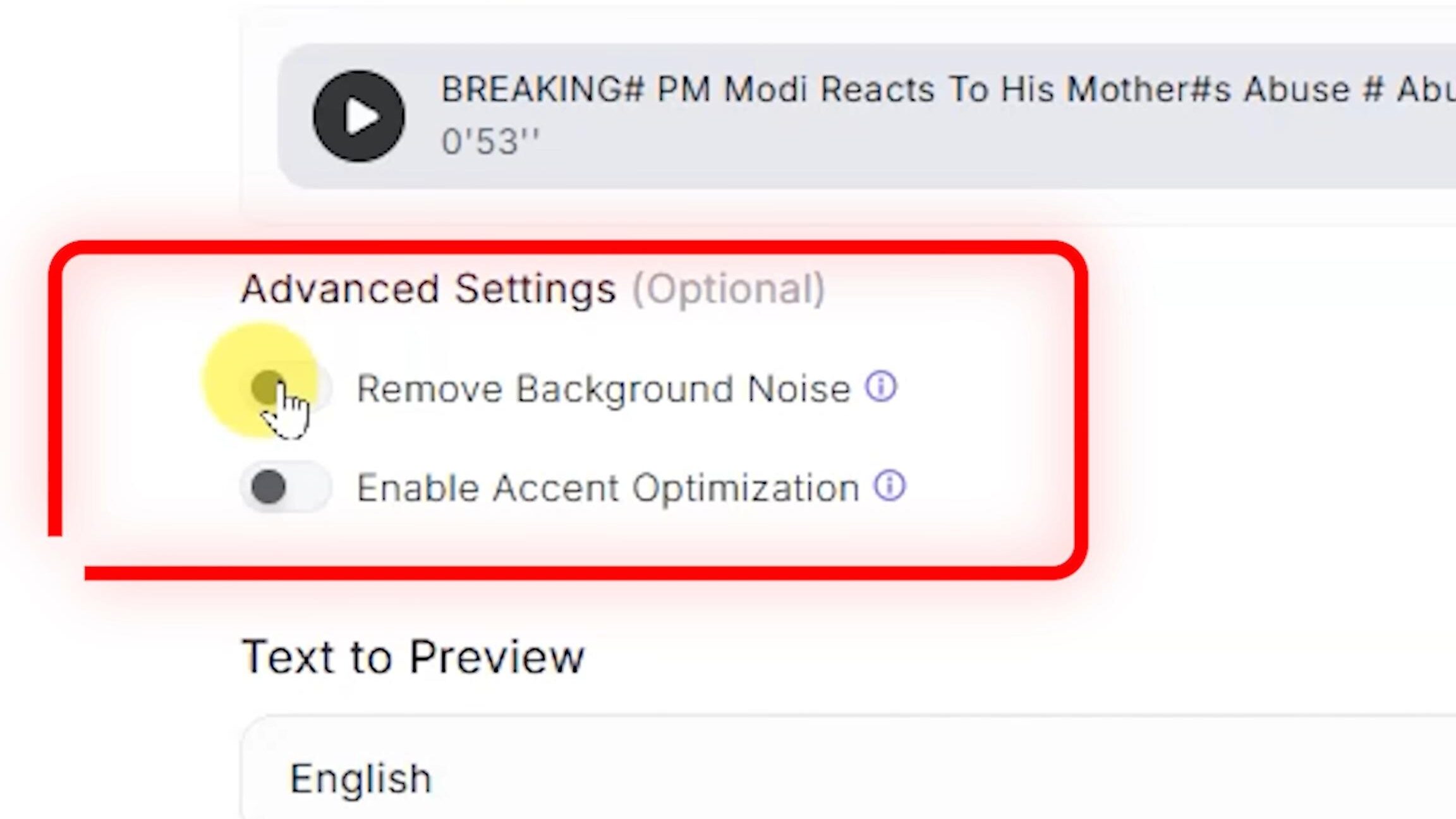
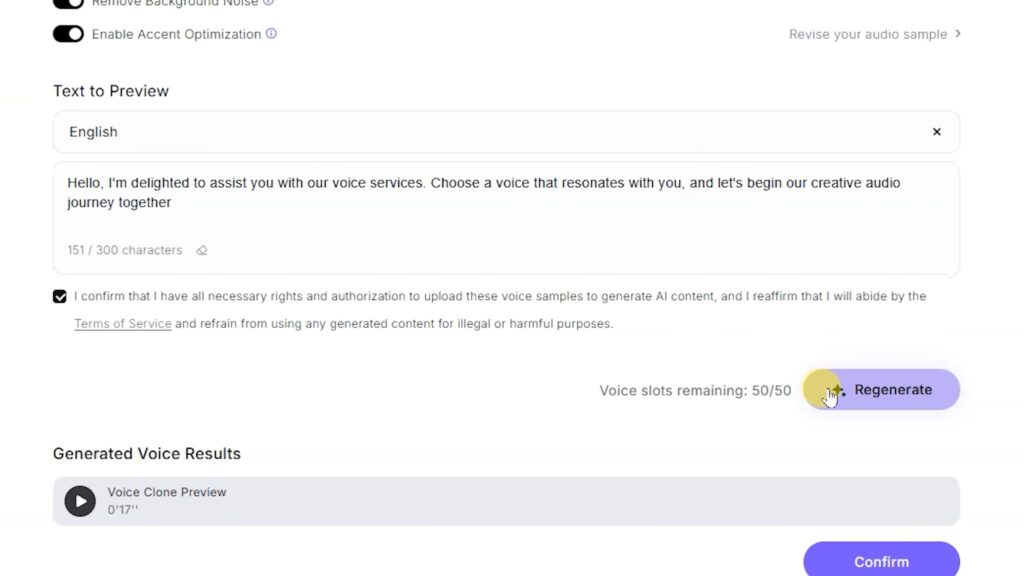
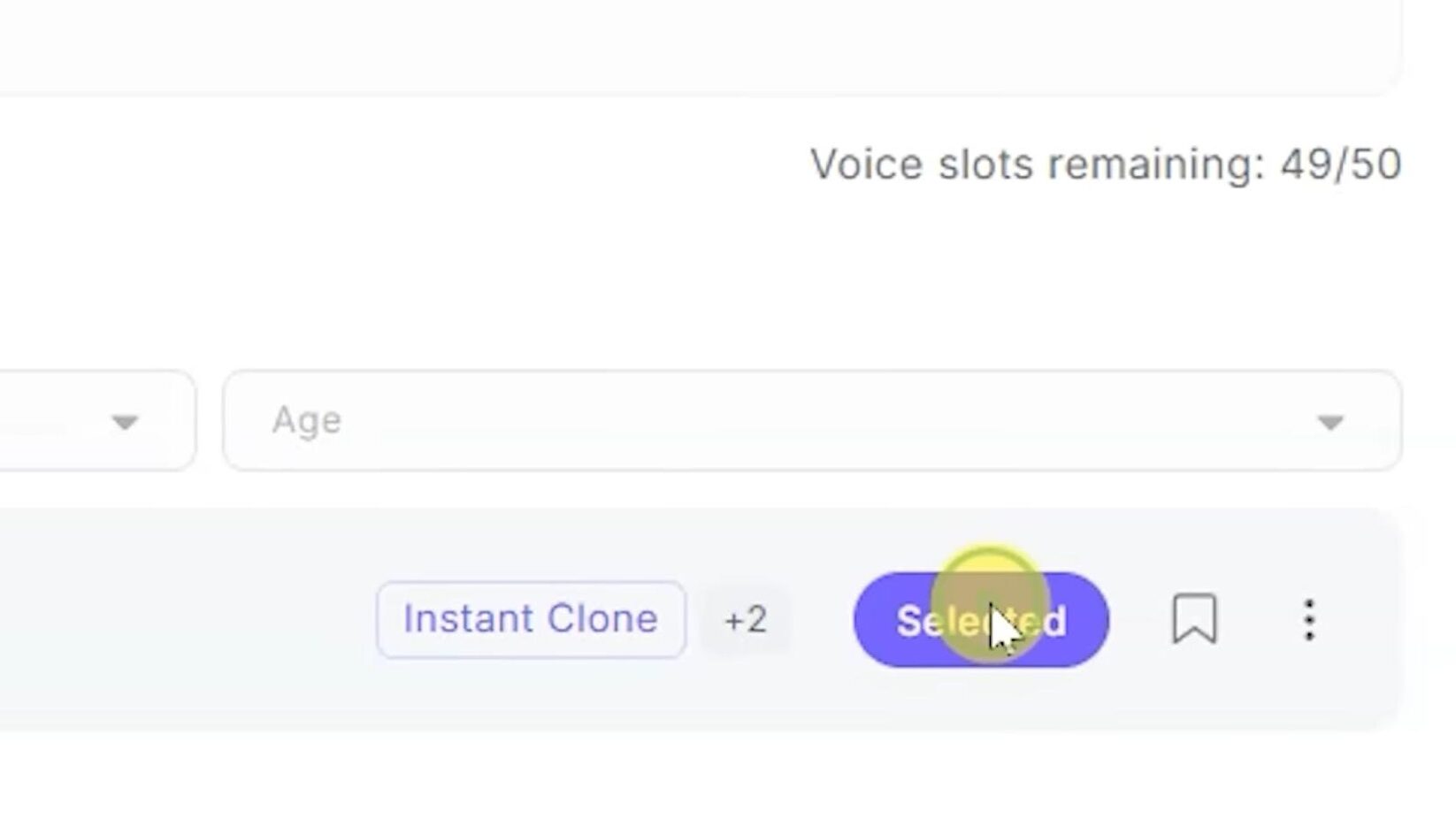
After saving, you can use the cloned speaker in the Text-to-Speech tool to convert any script into the cloned voice. This workflow lets you produce polished videos rapidly and repeatedly while maintaining consistent voice branding.
Designing Original Voices — Voice Disk, Emotional Tones, and TTS Models
Beyond cloning, Mini Max Audio’s Voice Disk (voice design) empowers creators to craft unique AI voices that no one else uses. This is crucial for personal branding and avoiding repetitive sounds across the platform.
To generate an original voice, supply a short descriptive prompt of the speaker you want, for example: “deep, calm narrator with subtle warmth and mid-tempo pacing for documentary voiceovers.” The tool returns multiple variants; choose and save the best one to your library.
- Generate multiple variants: Always create 2–3 alternatives and compare them in context.
- Use emotion labels: Specify emotions like “excited,” “melancholic,” or “authoritative” to tune delivery.
- Save with descriptive names: Use naming conventions like “Doc_Narrator_Warm_Mid” for easier retrieval.
Mini Max Audio uses an advanced Text-to-Speech model (version 2.5 at the time of this writing), offering hyper-realistic output across more than 40 languages. Additionally, the product includes premade voices that cover a wide range of speakers — from deep male tones to bright female narrators — suitable for quick projects.
For best results:
- Match voice to content: Use calm voices for long-form storytelling and energetic voices for short-form social clips.
- Adjust pacing: Shorten pause lengths for fast attention-grabbing content and lengthen for documentary-style narration.
- Localize: Use the multi-language support to produce localized content that performs better in regional markets.
AI Music, Sound Design, and Copyright-Free Audio for YouTube
Mini Max Audio includes an AI music generator capable of producing cinematic, ambient, and pop styles suitable for background music and score. This feature helps creators produce complete videos without hunting for licensed tracks.
To create usable music quickly, enter short prompts like “slow cinematic piano with low strings” or “upbeat electronic loop, 90 BPM, cheerful.” The system generates tracks that you can tweak and export for video editing.
Tip: Layer short AI-generated loops behind voiceovers at -18 to -12 dB to avoid masking speech.
Tip: Generate variations and crossfade them to avoid repetitive loops in long videos.
Tip: Use designated tags for mood and scene (e.g., “horror_sustained,” “uplift_intro”) to organize music libraries.
Because the platform produces copyright-free compositions, you can safely monetize videos that use these tracks. However, always check the current licensing terms on the platform as policies can change. Also, pairing custom music with a unique voice further strengthens your brand identity and reduces content similarity across channels.
Pricing, Comparisons, Best Practices, and Legal/Ethical Considerations
Mini Max Audio provides competitive pricing and a generous free allocation. The free plan includes 10,000 credits, and paid plans start at approximately $5 per month for additional credits. For creators who need scale, the platform offers plans up to large monthly credit bundles.
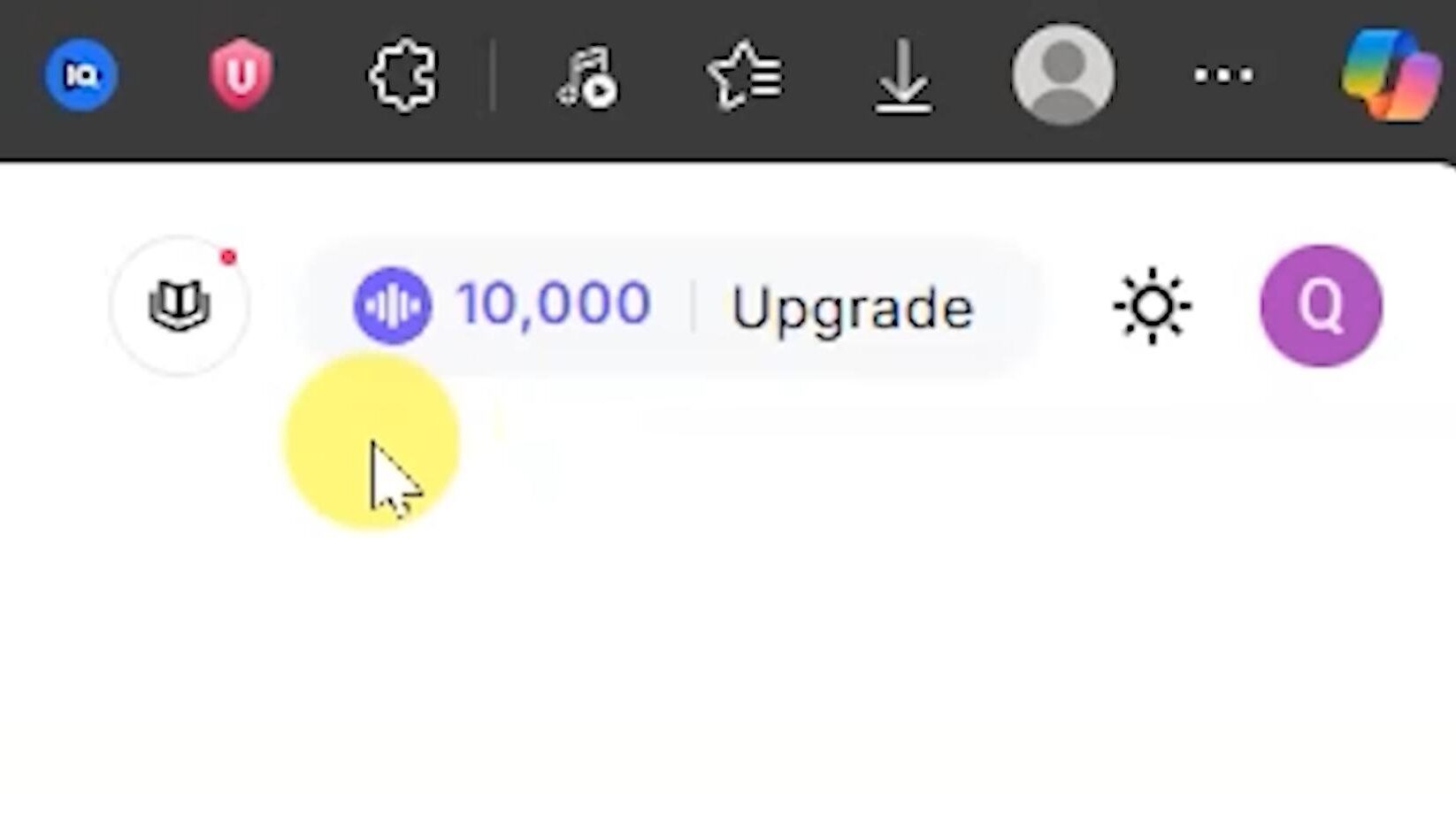
Compared to alternatives like Elevenlabs, Mini Max Audio positions itself as a cost-efficient option with realistic voices at nearly half the price in some cases. That said, quality and features vary by use case, so test voices extensively before migrating a large content library.
- Cost efficiency: Test with free credits before committing to a paid plan.
- Scale strategy: Buy mid-tier plans when you consistently publish weekly and need batch processing.
- Backup plan: Keep local copies of generated audio to avoid unexpected access issues.
Importantly, voice cloning introduces legal and ethical obligations. Use cloned voices responsibly and avoid impersonation that could harm reputation or violate laws. For public figures, ensure you have legal clearance or use clearly labeled synthetic speech to maintain transparency.
Follow these best practices:
- Disclose synthetic content: Add captions or descriptions stating the audio is AI-generated when necessary.
- Obtain consent: For private individuals, secure permission before cloning their voice.
- Prioritize originality: Design unique voices for branding to avoid dependence on public figure clones.
Practical Workflow — From Script to Published Video (Step-by-Step)
Here is a recommended workflow that takes you from ideation to a published, monetized video using Mini Max Audio.
This process balances speed with quality and ensures SEO-friendly output for discoverability.
- Research & Script: Create a targeted script optimized with keywords and short sentences for natural TTS delivery.
- Choose or Design Voice: Clone a voice for consistency or design a new one for branding; save to “My Voice.”
- Generate TTS: Paste the script into Text-to-Speech, pick the saved voice, and set pacing and emotion.
- Create AI Music: Generate background music and export multiple loops for variation.
- Mix & Master: Use a simple audio editor to balance voice and music, normalize levels, and add subtle compression.
- Produce Video: Sync audio to visuals or slides, add captions (for SEO and accessibility), and export with high-quality settings.
- Publish & Optimize: Upload with keyword-rich title, description, and timestamps; include transcript and AI disclosure if needed.
By following these steps, you streamline production and maintain high audio standards that boost watch time and search performance.
Conclusion — Start Smart, Scale Ethically, and Own Your Sound
AI voice technology like Mini Max Audio transforms how faceless channels are created and monetized. With straightforward setup, powerful voice cloning, and voice design tools, you can produce professional content quickly and at low cost. Moreover, the integrated AI music generator provides copyright-safe audio to complement narration and elevate production value.
However, success depends on responsible usage: prioritize original voices for branding, maintain transparency when using synthetic speech, and follow local legal guidelines. Start by testing the free credits, design a consistent voice identity, and iterate based on audience feedback. In short, use ai tools to amplify your creativity, not to replace ethical judgment — and then scale your faceless channel with confidence.
FAQ
What is Mini Max Audio and who should use it?
Mini Max Audio is an ai-driven platform for voice cloning, voice design, text-to-speech, and music generation. Creators, podcasters, and faceless channel owners should use it to produce consistent, professional audio at scale.
How do I get started with free credits?
Sign up with Gmail on the Mini Max Audio website to claim 10,000 free credits. Use these credits to test voice cloning, TTS, and music generation before purchasing a subscription.
Can I legally clone a public figure’s voice?
Legal rules vary by jurisdiction. Cloning public figures may raise ethical and legal issues; obtain permissions or clearly label content as synthetic to avoid impersonation and legal problems.
How realistic are the voices compared to other services?
Mini Max Audio offers highly realistic voices and a modern TTS model (2.5). While quality is comparable to premium services, always test voices for your specific content and language needs.
Is the music generated copyright-free?
Yes, Mini Max Audio’s AI music is typically intended for commercial use, but you should confirm current licensing terms on the platform and retain records of generated assets.
How do I avoid sounding robotic with AI voice?
Use shorter sentences, add emotion labels, tweak pacing, and apply subtle prosody adjustments. Mixing with natural pauses and human-sounding inflections reduces robotic feel.
What are best practices for SEO when using AI voice?
Include transcripts, enable captions, use keyword-rich titles and descriptions, and add timestamps. Also, design consistent voice branding to increase audience retention and search relevance.
